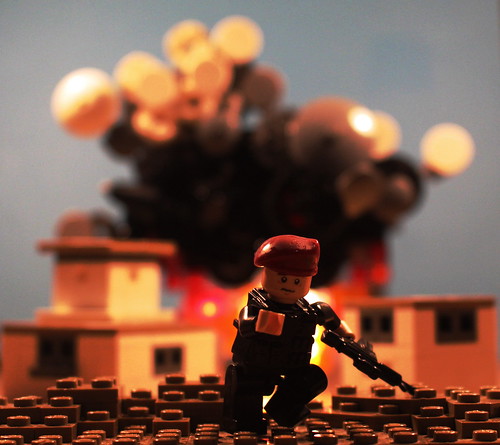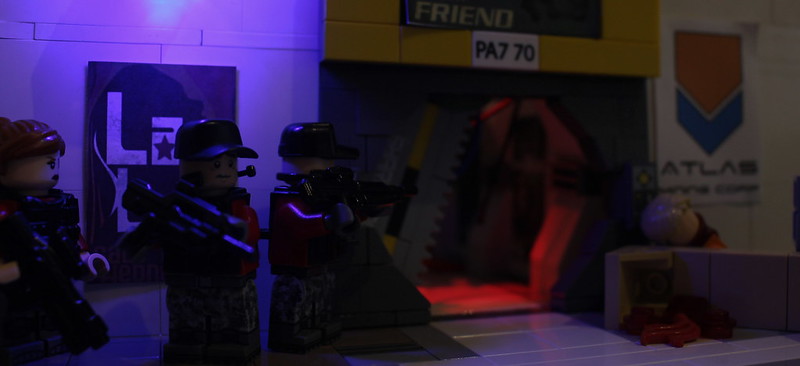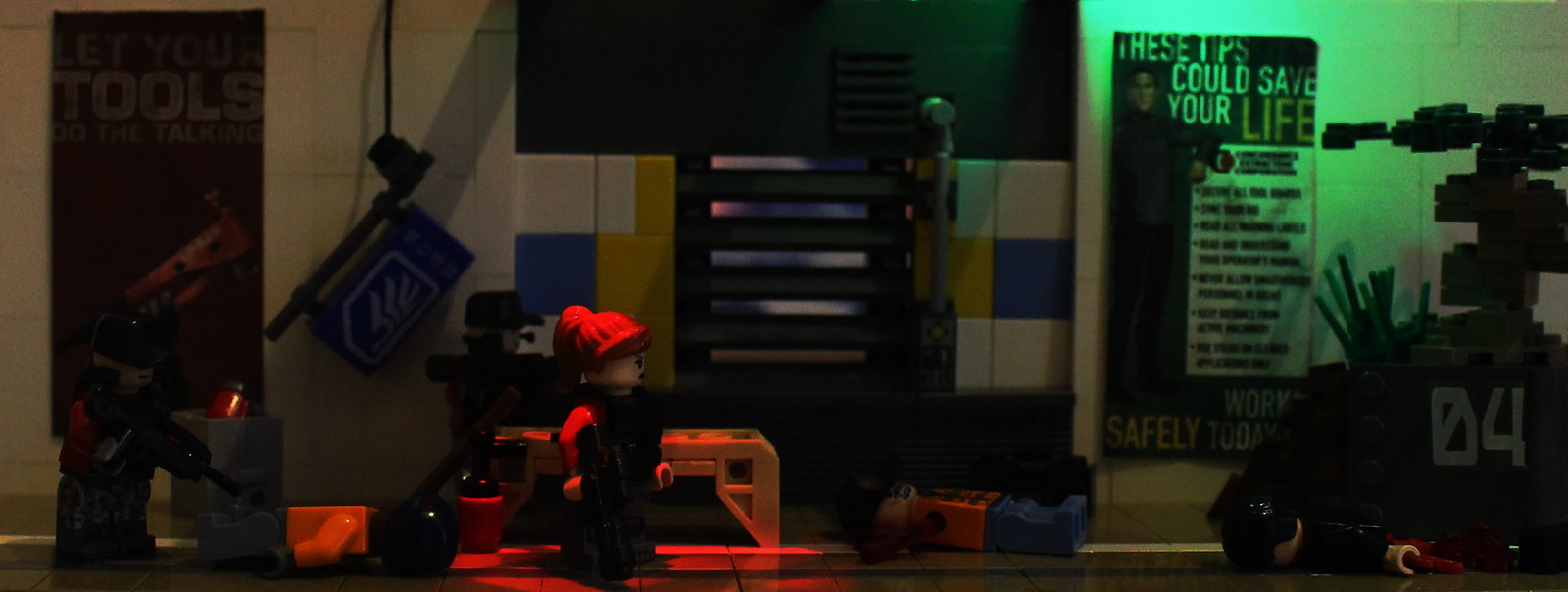- Joined
- Jan 17, 2010
- Messages
- 4,522
- Reaction score
- 5,489
Karol Suárez
For the Courier Journal

MEXICO CITY — Body parts found inside freezers, bodies hanging from bridges, young men killing each other under cartel orders.
Mexico is no stranger to displays of brutality put on by the nation’s drug cartels.
Bodies hanging from bridges is a near daily occurrence, a display that dates to the early 2000s, when it first astonished the population of a small town in central Mexico.
Other times, the shows of violence reach new, horrific levels.
In 2006, gunmen stormed into a bar in Uruapan and tossed five human heads onto the dance floor.
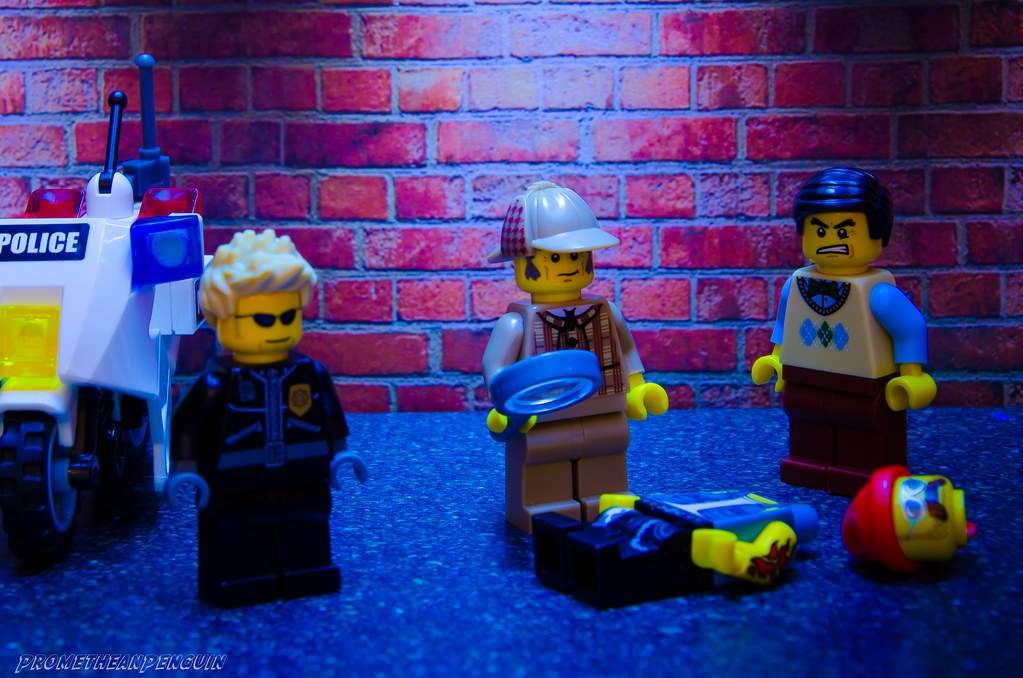
“The family doesn’t kill for money. It doesn’t kill women. It doesn’t kill innocent people, only those who deserve to die,” the accompanying “narco-message,” allegedly signed by the Familia Michoacan cartel, read.
Three months ago, authorities found dozens of bodies, cut into parts and frozen inside several freezers in houses in Veracruz. Several people were detained, with officials alleging they are members of the Jalisco New Generation Cartel (CJNG), one of the most brutal cartels in Mexico.
Experts who study and watch Mexico’s drug cartels say the overt displays of brutality have become part of the cartels’ dynamic, their modus operandi. Their purpose is to generate fear in the authorities, in their enemies and the populace.

Over the years, different cartels have implemented multiple brutal strategies. Though now mostly extinct, the ruthless Zetas cartel was the pioneer in this nefarious field.
“The Zetas were the ones who launched this new stage of bloodshed in the contemporary history of drug trafficking in Mexico,” Mexico-based security analyst David Saucedo said.
The criminal group from the northeast of Mexico, an armed wing of the Gulf cartel, set the stage with a series of high-impact events and atrocities, reports show.
“The dismemberment, dissolving corpses, and hanging bodies on capital bridges was put into practice by the Zetas in order to intimidate their adversaries in order to mark territory,” Saucedo explained.

The San Fernando massacre was one of the most high-profile incidents attributed to the Zetas. It took place in Tamaulipas state in 2010, only 93 miles from the U.S. border.
The Zetas killed 72 migrants from Central and South America who were en route to the United States. The migrants were shot in the back of the head.
“Drug traffickers in Mexico brag about their killings with show-off practices. Barbarism is a scene of power. Blood is a sign of power,” Laura Etcharen, a sociologist and consultant on drug trafficking issues, told The Courier Journal.
“Narco power is real. Each organization will be bloodier according to its goals and competitiveness. Blood also depends on each government, on the levels of corruption and penetration, but also on the ability to address it,” Etcharen said.
Even though Mexico is the main stage for the most graphic shows of cartel brutality, experts say this follows a similar script used by terrorist organizations elsewhere.
“Mexican criminal organizations are not that original. When they started spreading executions and these kinds of things, they got it from the Islamic State,” security expert Javier Oliva said.
“The Islamic State was the first to publish the video recordings of the torture and killing of their hostages, and then cartels copied that,” Oliva said.

Like the displays of violence, these “narco-messages” have an intention, experts say.
“It is a violence that has a communicative component. This component has more than one type of recipient,” said Claudio Lomnitz, Campbell Family Professor of Anthropology at Columbia University.
Lomnitz said there are three different recipients for these messages: The first is a private audience, their enemies — the people who are killing each other between rival groups; the second is a more public audience — local residents or the media.
“But also, there is a third one, which is within the cartel. It also has a meaning there because they often use these types of violence as forms of training or recruitment of people... Brutality also becomes a standard of socialization and recruitment.”
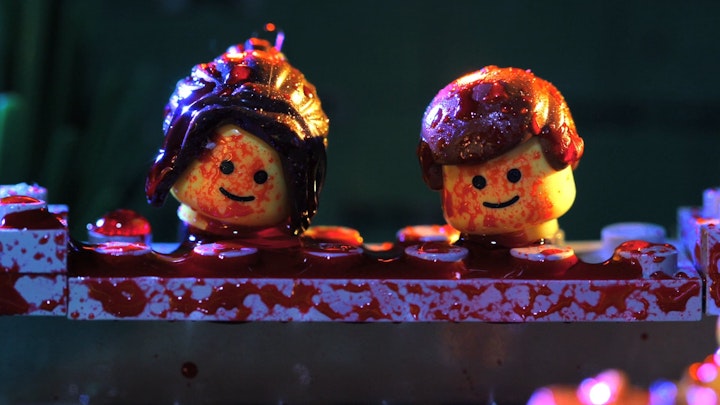
For the Courier Journal

MEXICO CITY — Body parts found inside freezers, bodies hanging from bridges, young men killing each other under cartel orders.
Mexico is no stranger to displays of brutality put on by the nation’s drug cartels.
Bodies hanging from bridges is a near daily occurrence, a display that dates to the early 2000s, when it first astonished the population of a small town in central Mexico.
Other times, the shows of violence reach new, horrific levels.
In 2006, gunmen stormed into a bar in Uruapan and tossed five human heads onto the dance floor.

“The family doesn’t kill for money. It doesn’t kill women. It doesn’t kill innocent people, only those who deserve to die,” the accompanying “narco-message,” allegedly signed by the Familia Michoacan cartel, read.
Three months ago, authorities found dozens of bodies, cut into parts and frozen inside several freezers in houses in Veracruz. Several people were detained, with officials alleging they are members of the Jalisco New Generation Cartel (CJNG), one of the most brutal cartels in Mexico.
Experts who study and watch Mexico’s drug cartels say the overt displays of brutality have become part of the cartels’ dynamic, their modus operandi. Their purpose is to generate fear in the authorities, in their enemies and the populace.
‘Blood is a sign of power’

Over the years, different cartels have implemented multiple brutal strategies. Though now mostly extinct, the ruthless Zetas cartel was the pioneer in this nefarious field.
“The Zetas were the ones who launched this new stage of bloodshed in the contemporary history of drug trafficking in Mexico,” Mexico-based security analyst David Saucedo said.
The criminal group from the northeast of Mexico, an armed wing of the Gulf cartel, set the stage with a series of high-impact events and atrocities, reports show.
“The dismemberment, dissolving corpses, and hanging bodies on capital bridges was put into practice by the Zetas in order to intimidate their adversaries in order to mark territory,” Saucedo explained.

The San Fernando massacre was one of the most high-profile incidents attributed to the Zetas. It took place in Tamaulipas state in 2010, only 93 miles from the U.S. border.
The Zetas killed 72 migrants from Central and South America who were en route to the United States. The migrants were shot in the back of the head.
“Drug traffickers in Mexico brag about their killings with show-off practices. Barbarism is a scene of power. Blood is a sign of power,” Laura Etcharen, a sociologist and consultant on drug trafficking issues, told The Courier Journal.
“Narco power is real. Each organization will be bloodier according to its goals and competitiveness. Blood also depends on each government, on the levels of corruption and penetration, but also on the ability to address it,” Etcharen said.
Even though Mexico is the main stage for the most graphic shows of cartel brutality, experts say this follows a similar script used by terrorist organizations elsewhere.
“Mexican criminal organizations are not that original. When they started spreading executions and these kinds of things, they got it from the Islamic State,” security expert Javier Oliva said.
“The Islamic State was the first to publish the video recordings of the torture and killing of their hostages, and then cartels copied that,” Oliva said.

‘Narco-banners’
For over a decade, cartels have used public banners and signs to send ominous messages.Like the displays of violence, these “narco-messages” have an intention, experts say.
“It is a violence that has a communicative component. This component has more than one type of recipient,” said Claudio Lomnitz, Campbell Family Professor of Anthropology at Columbia University.
Lomnitz said there are three different recipients for these messages: The first is a private audience, their enemies — the people who are killing each other between rival groups; the second is a more public audience — local residents or the media.
“But also, there is a third one, which is within the cartel. It also has a meaning there because they often use these types of violence as forms of training or recruitment of people... Brutality also becomes a standard of socialization and recruitment.”





